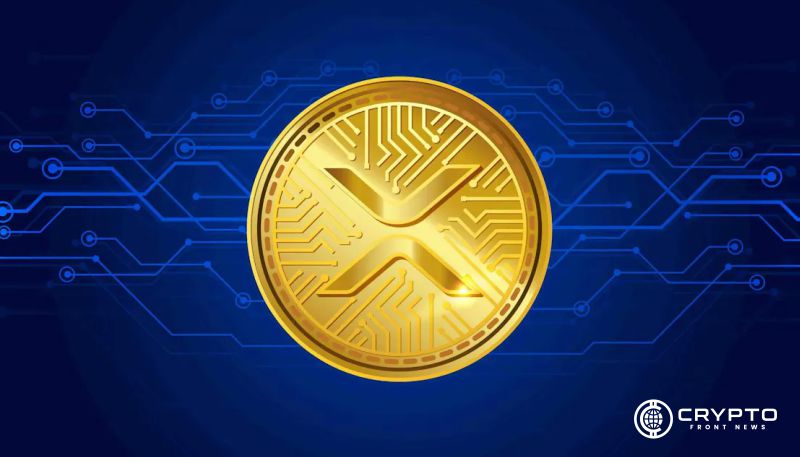- XRP active addresses soared 490% since 2022, showing strong retail interest compared to Bitcoin’s modest 10% growth.
- Short-term XRP holders now control 62.8% of realized cap, reflecting a market increasingly driven by new retail entrants.
- XRP’s Realized Profit/Loss Ratio decline suggests rising stress, with the MVRV at 0.88 indicating fewer investors are realizing gains.
XRP has seen a major retail-driven rise this cycle, according to new data from Glassnode. Since its 2022 market cycle low, the number of active XRP addresses has surged by 490 percent. In comparison, Bitcoin’s address growth in the same period reached only 10 percent. This significant gap highlights the strong retail momentum behind XRP’s recent gains.
While both assets have grown by nearly five to six times since their respective lows, Glassnode reported that Bitcoin’s rise was steadier. Institutional inflows and exchange-traded fund activity supported Bitcoin’s growth. In contrast, XRP remained mostly flat before experiencing a sudden retail-led breakout in December 2024.
Realized Capitalization Signals Rapid Capital Inflow
Glassnode noted that XRP’s Realized Cap, which reflects the total value based on the price at which each coin last moved, jumped from $30.1 billion to $64.2 billion in recent months. However, the upward momentum started to slow by late February 2025. This suggests a possible cooling phase in speculative activity among retail participants.
The market structure of XRP has also shifted sharply. Addresses holding XRP for less than six months now account for 62.8 percent of the realized capitalization, up from just 23 percent earlier. This shift indicates growing concentration among short-term holders, which could increase downside risk if sentiment changes.
Profit Ratios Show Increasing Stress
Glassnode also reported that XRP’s Realized Profit/Loss Ratio has been falling since January 2025. This decline means more holders are now selling at a loss. The MVRV ratio for XRP addresses currently holding losses stands at 0.88, pointing to moderate investor stress and hinting at weakening confidence in the market.
XRP’s rally has drawn attention due to its scale and speed, but questions remain about its long-term viability. The rise in new wallet activity has not yet translated into broader utility or consistent on-chain engagement. Without this, analysts warn that the market could face renewed selling pressure.





